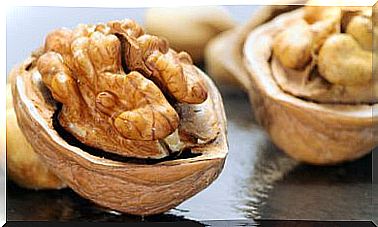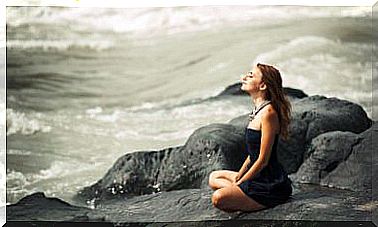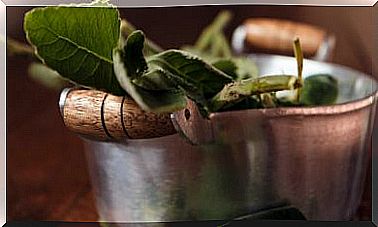Can Heel Spurs Be Cured Naturally?
To alleviate the pain caused by the calcaneal spur, we can resort to different measures that we will combine with the use of comfortable shoes and some exercises, at least until the condition improves.
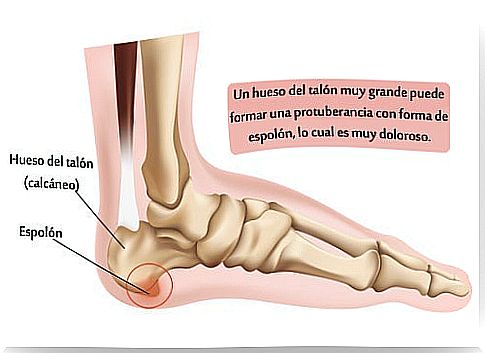
The heel spur is a bulge that appears as a result of traction and overload. It is a growth of the heel bone that modifies the gait and causes acute pain (such as punctures). On radiographs, it can be seen as a triangular or spear-shaped bulge.
Among the most common causes are gait disorders (very marked and uncorrected) in cavus and supinator feet, obesity, overweight, the use of inappropriate footwear, rheumatic diseases, the practice of sports on hard surfaces, among others.
This injury is also known as ‘ Haglund’s deformity’. And, as we have said, it occurs when the junction point of the skin’s bones with the tendons becomes inflamed.
It then appears in the form of a pointed protrusion and can cause a lot of pain, especially when some effort is made or many hours are spent standing.
Symptoms and causes of heel spur
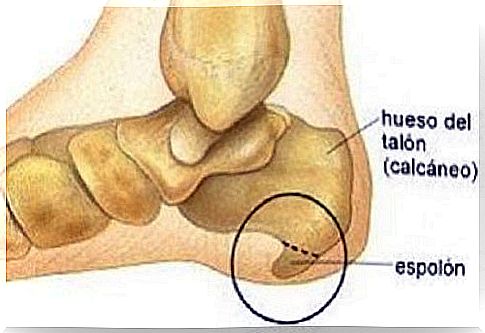
The calcaneal spur is usually accompanied by a series of symptoms that usually appear in the morning, after a night’s rest. It is at this time that pain can be most intensely experienced.
The symptoms are very easy to detect because, in addition to the bulge, there is oppressive pain when palpating the area of the Achilles heel or when stressing the tendon.
There is another type of heel spur, the plantar, which is diagnosed through an X-ray and causes a lump oriented towards the fingers.
On the other hand, the main causes of heel spurs are:
- Intense sports.
- Inappropriate postures.
- Overweight or obese
- Use of inappropriate footwear.
- Incorrect postures when walking.
Exercises to relieve heel spur discomfort
Although it may seem contradictory to perform exercises if we suffer this injury, the truth is that the heel must be strengthened and at the same time rest enough to avoid more acute pain.
Stretching is very important and should be done not only when symptoms appear, but as a method of prevention. Let’s see, then we will explain two exercises that will facilitate recovery.
Exercise 1
Sitting in a chair or on the bed, stretch your foot forward so that it is in line with your leg. Fingers should be bent as downward as possible. Then bring your fingers up looking at the ceiling. Repeat each movement 10 times.
Exercise 2
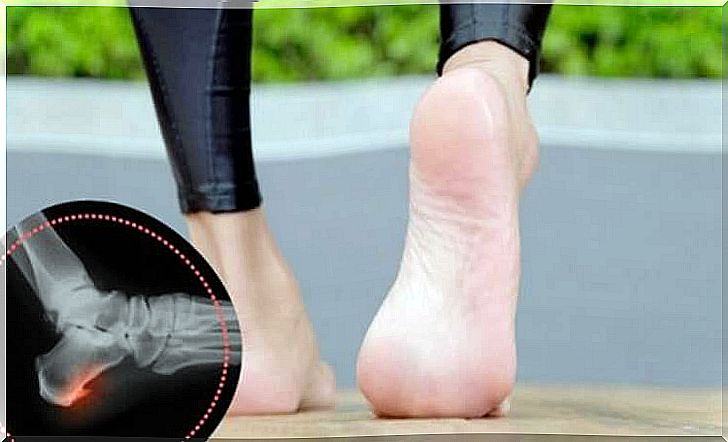
Some people use small balls (such as tennis balls ) to exercise and treat heel spurs.
At night, several patients with this problem use an element known as a night splint, which allows the foot to be extended and the plantar fascia to rest better.
During the day , special orthopedic insoles can be used to reduce pain and correct bone calcification.
These insoles have a soft area where the spur is to cushion the footprint. They are made to measure, so you have to consult a doctor.
In the case of sports, it is essential to warm up prior to the activity, since this will prevent injuries or worsen the picture.
It is also very important to wear appropriate footwear for the discipline to be carried out (this advice also applies to people who do not exercise).
Are there home remedies for heel spurs?
Putting ice on, performing certain exercises, using the aforementioned insoles and replacing footwear with one that allows you to walk comfortably, are some of the basic measures to obtain relief.

Regarding whether or not there are natural remedies for heel spurs: there are several, but they do not work. That is, by applying a vinegar compress will the lump disappear and not by applying a calendula cream will it be possible to avoid pain.
It is important that the patient follow the instructions of his doctor and avoid resorting to natural remedies, since these usually do not fulfill their promises. Except for the application of ice packs, which can provide some relief.
If you have this problem and want to get relief, put several cubes in a plastic bag, cover it with a thin gauze, and then place it on the affected area. You can also put the foot in a container with cold water and ice cubes.



